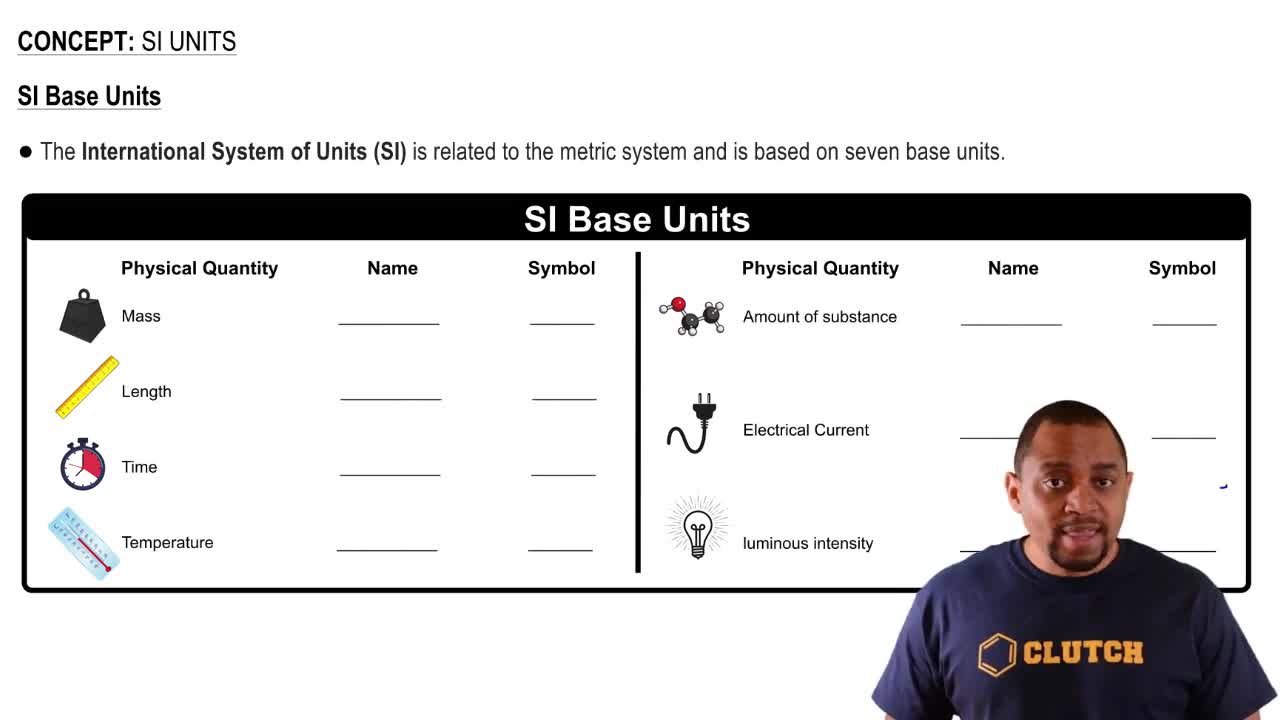Here are the essential concepts you must grasp in order to answer the question correctly.
Chemical Equilibrium
Chemical equilibrium occurs when the rates of the forward and reverse reactions are equal, resulting in constant concentrations of reactants and products. In this state, the system is dynamic, meaning that reactions continue to occur, but there is no net change in the concentrations of the substances involved.
Recommended video:
Chemical Equilibrium Concepts
Equilibrium Constant (Kc)
The equilibrium constant (Kc) is a numerical value that expresses the ratio of the concentrations of products to reactants at equilibrium, each raised to the power of their coefficients in the balanced equation. For the reaction NH4HS(s) ⇌ NH3(g) + H2S(g), Kc is calculated using the formula Kc = [NH3][H2S], as solids do not appear in the expression.
Recommended video:
Equilibrium Constant Expressions
Concentration Units
Concentration is a measure of the amount of a substance in a given volume of solution, typically expressed in molarity (M), which is moles of solute per liter of solution. Understanding how to interpret and manipulate concentration values is essential for calculating equilibrium constants and analyzing chemical reactions.
Recommended video:




